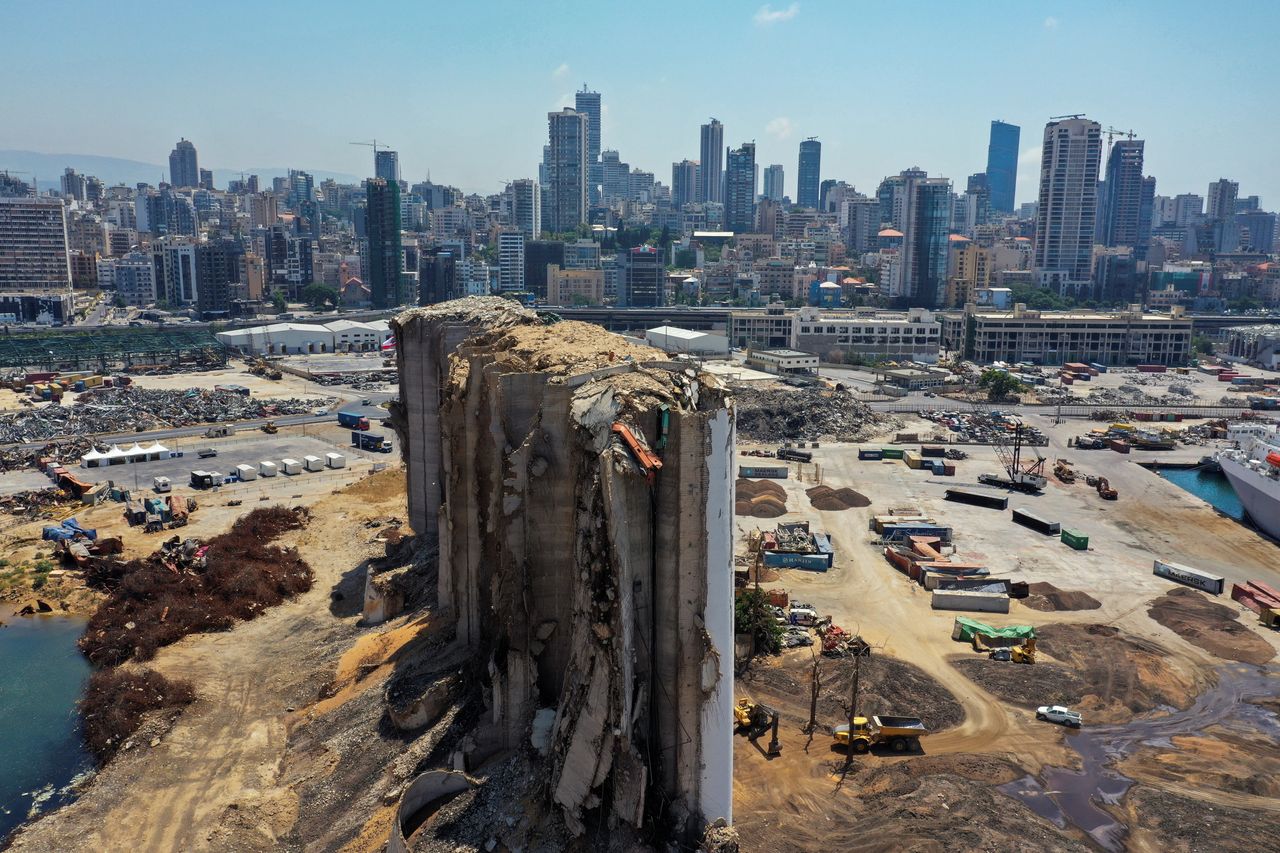Beirut was hit by a sudden blast on August 4 last year when ammonium nitrate stores exploded.
More than 200 people were killed and 7,500 more were injured in the explosion – it was so strong, it even blew out building windows up to five miles away.
It was also heard in Cyprus, more than 150 miles away from the site of the explosion in the Port of Beirut.
It triggered a crisis of confidence in the Lebanese government, as the 2,750 tonnes of explosive cargo had been stored without proper safety measures for six years.
The exact trigger of the blast remains under investigation but most of the Lebanese public pointed the blame towards the government.
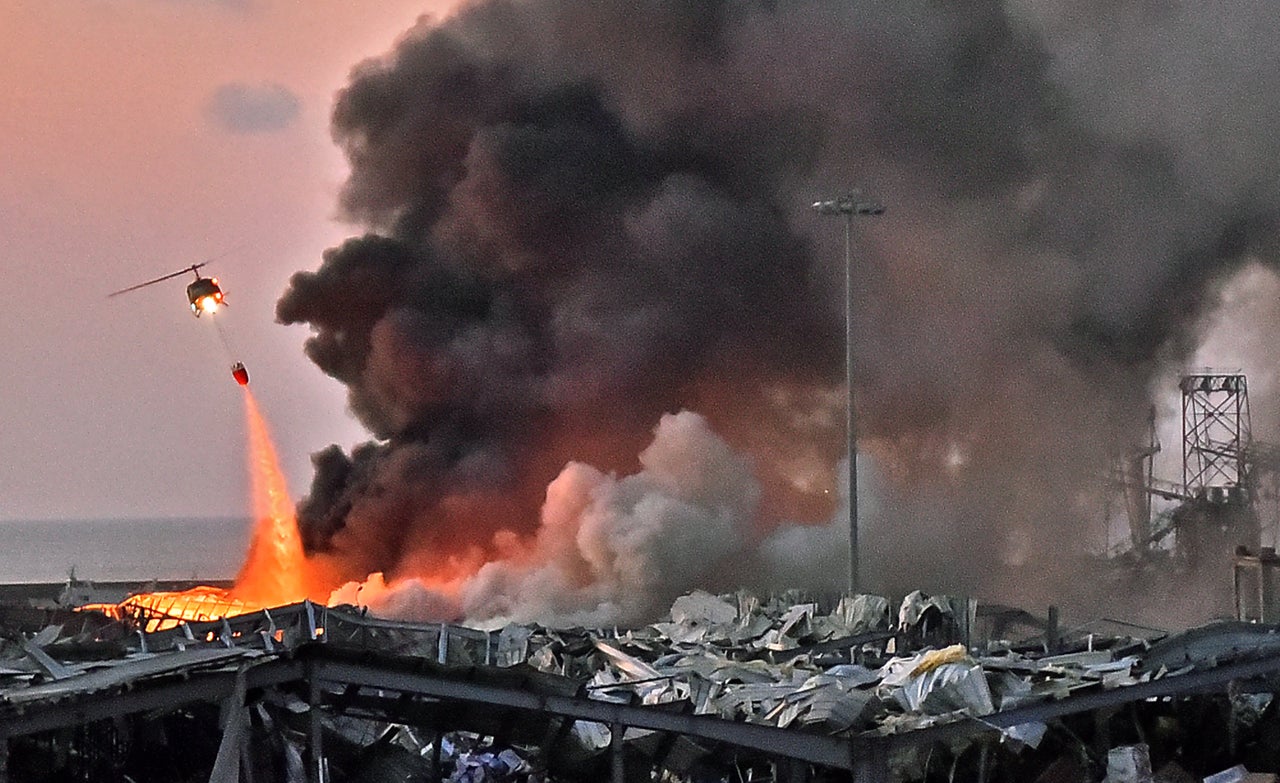
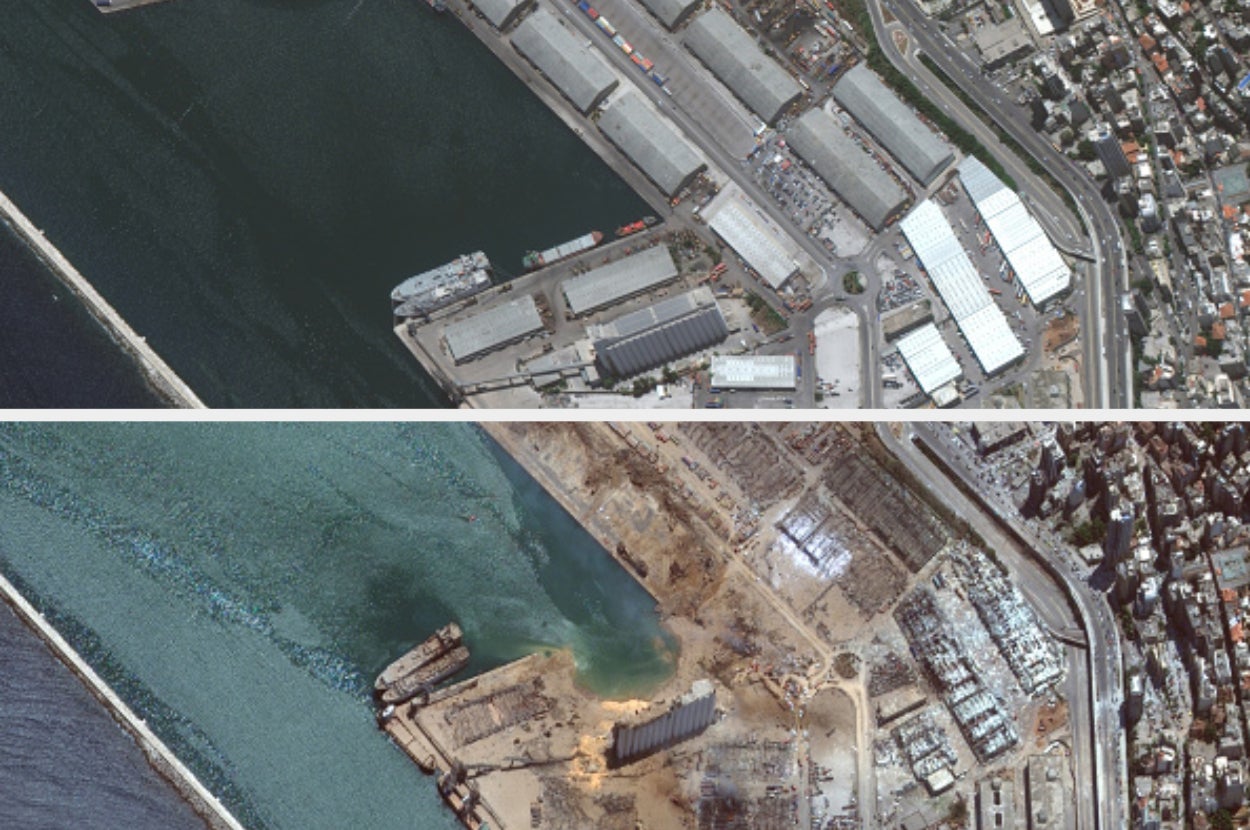
A wave of mass protests broke out against the supposed corruption of the administration while the government announced a two-week state of emergency – the country’s prime minister Hassan Diab announced his resignation just days later.
A year on, the city is still suffering after the catastrophe and the public are still furious.
Local resident Fadia Doumit told the Guardian: “Once, just once – especially now – this country could have delivered an outcome for its people.”
Physical restorations have gone some way to repair the city’s appearance, but debris still lies across some parts of Beirut.
Political leaders have refused to answer questions about their part in the explosion, and have not voted in favour of lifting the immunity which protects them from prosecution.
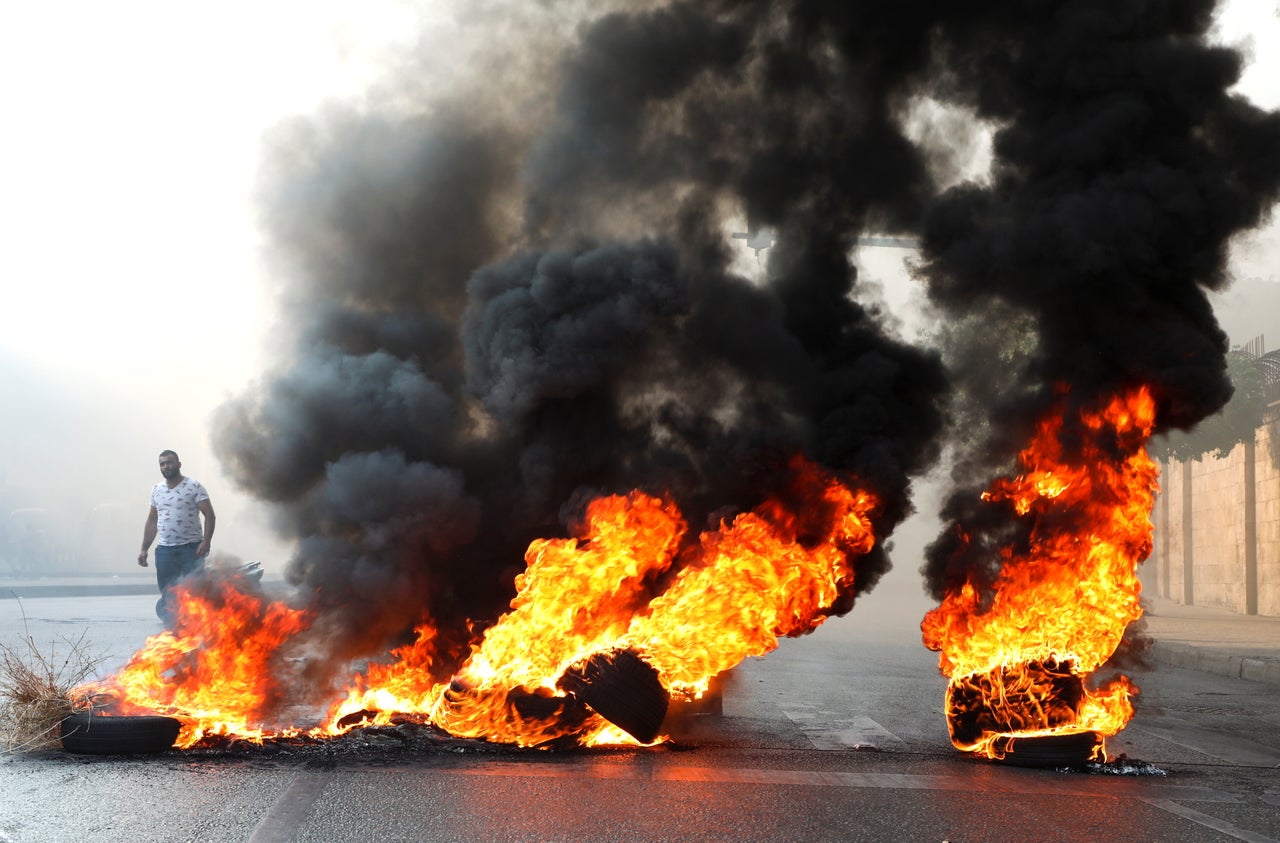
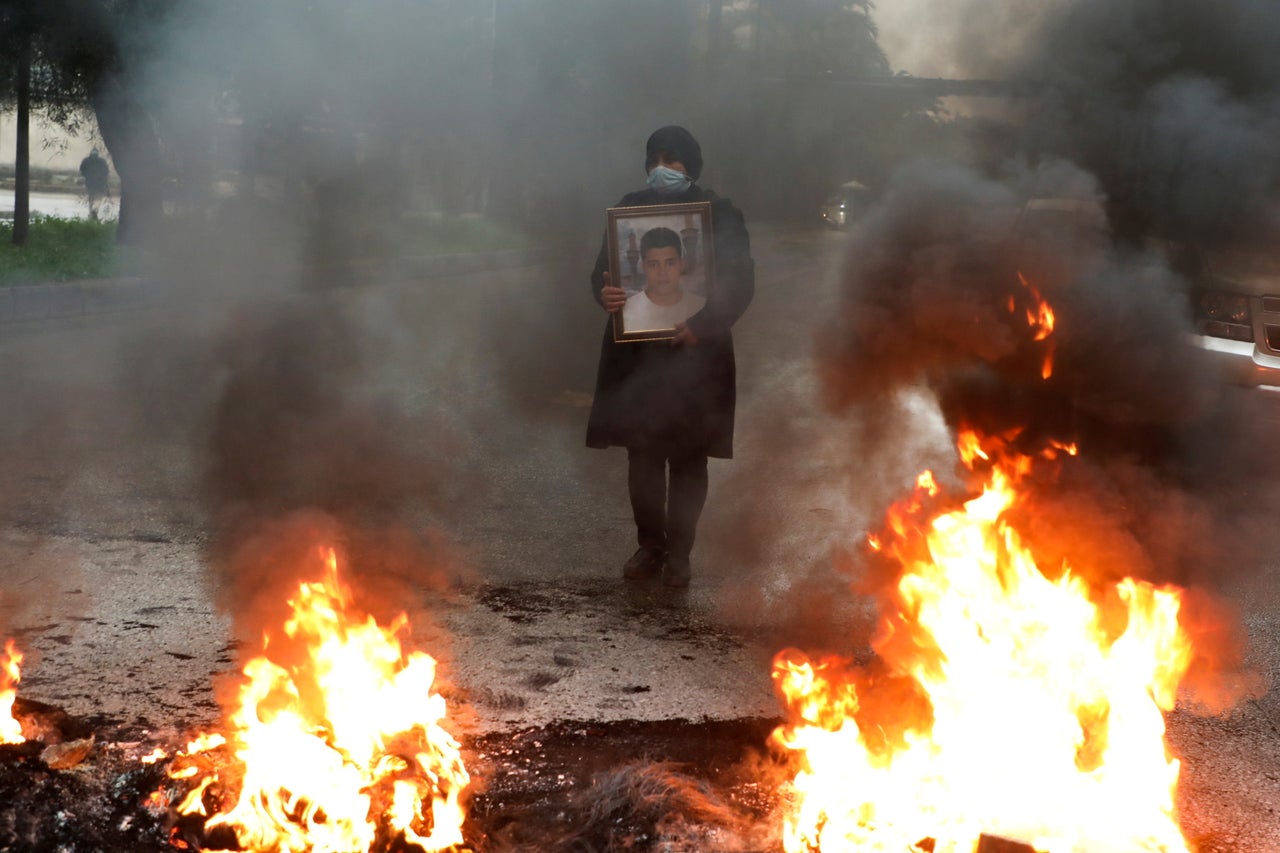
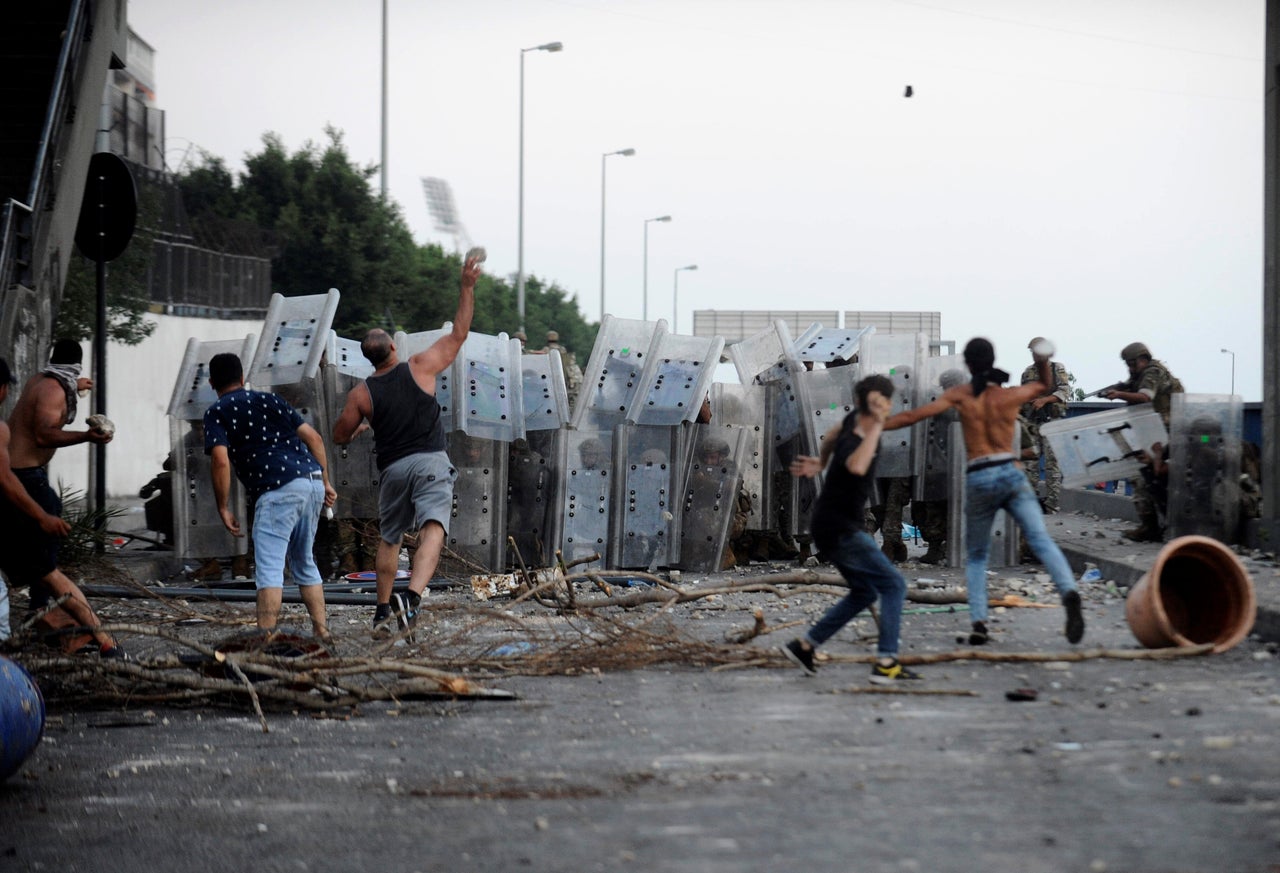
A damning report from the Human Rights Watch implicated senior Lebanese officials in its findings for not taking action sooner to reduce the dangers posed by the explosive stores.
It said: “The actions and omissions of Lebanese authorities created an unreasonable risk to life.
“Under international human rights law, a state’s failure to act to prevent foreseeable risks to life is a violation of the right to life.”
It was widely welcomed by many of the infuriated Lebanese public.
Despite the attempts to rejuvenate the city, one resident claimed the debris “should stay here for ever as a testament to what happened”.
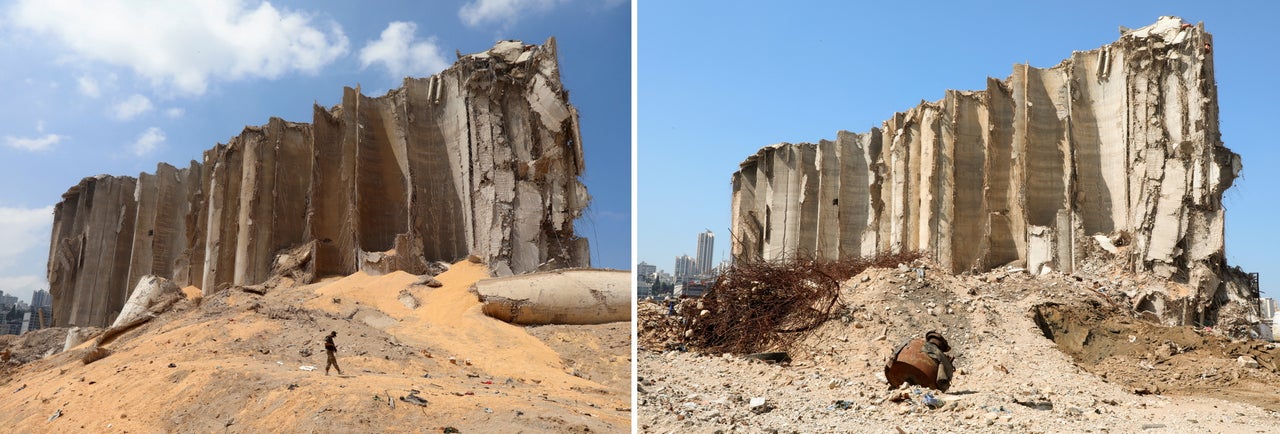
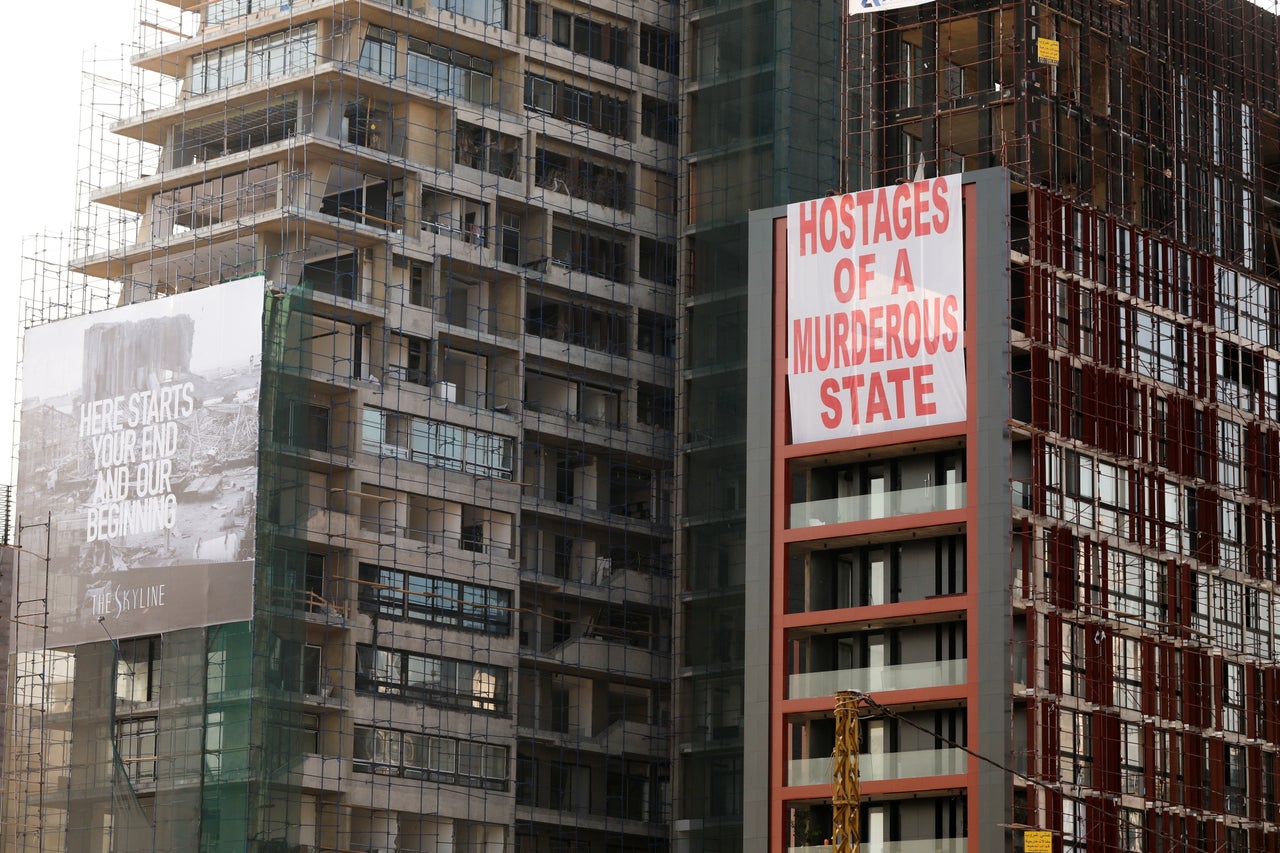
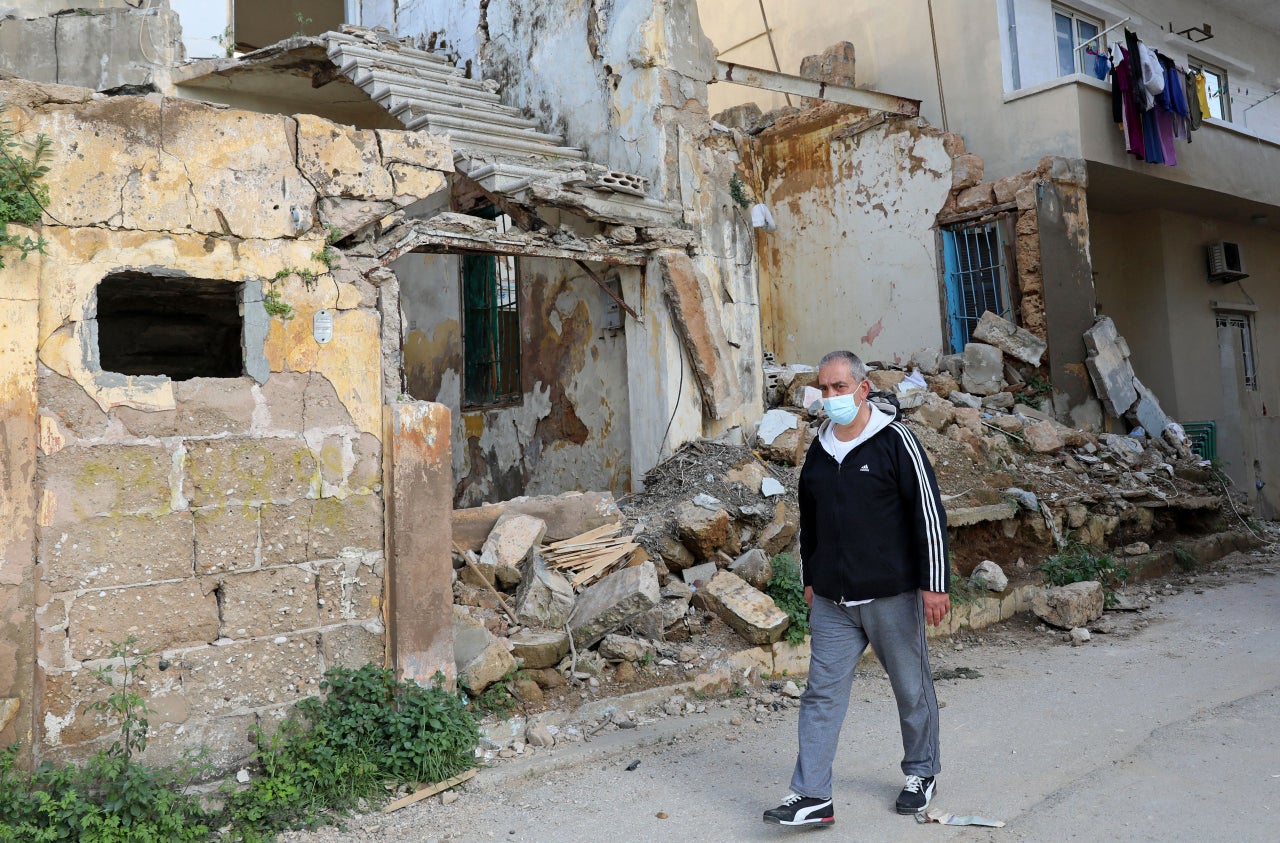
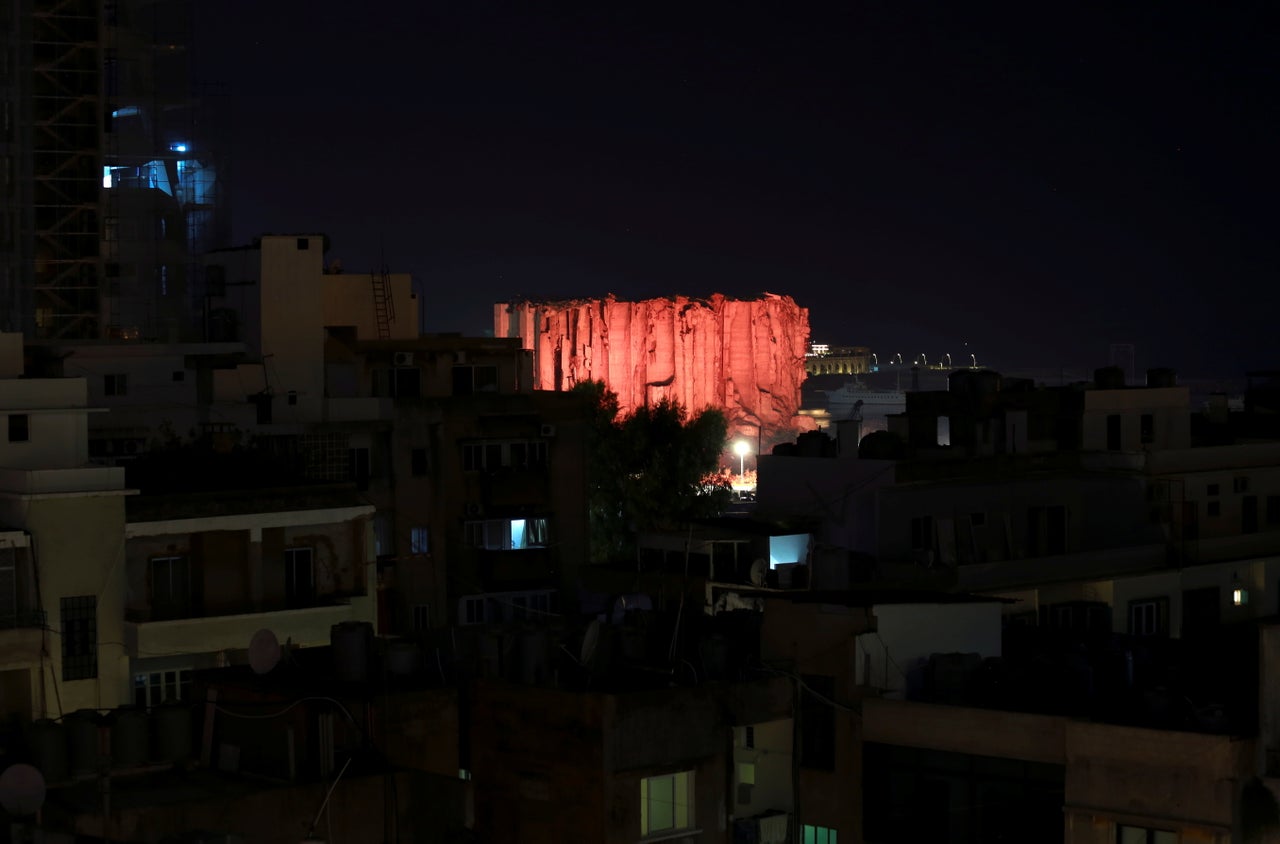
Speaking to The Guardian, local Dana Salha asked: “Where else in the world could this remain unchallenged?”
Victims’ relatives are expected to take to the streets on the anniversary of the disaster to protest the lack of accountability among senior officials.
Tracey Awad-Naggear, who lost her three-year-old daughter in the explosion, is also calling for an international investigation.
She told Sky News: “We still have no justice, not even a hint of justice. We’re enraged. We feel frustrated and the rage is growing.”
She then claimed there were “criminals in power” in Lebanon, a country which is also grappling with an economic collapse.
Public demonstrations against the government began in late 2019 and took on a new, furious energy after the explosion.
A replacement government is yet to be formed while the nation struggles with rising unemployment levels, power cuts alongside fuel and medicine shortages.
